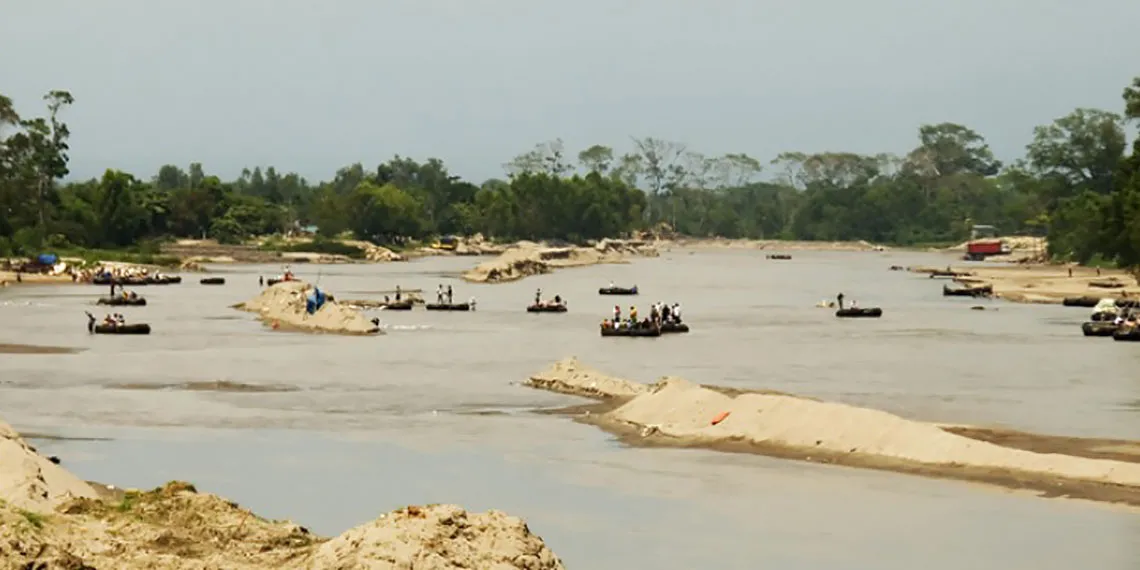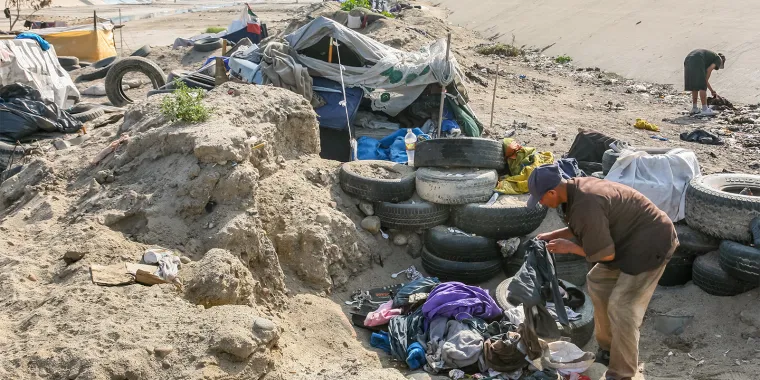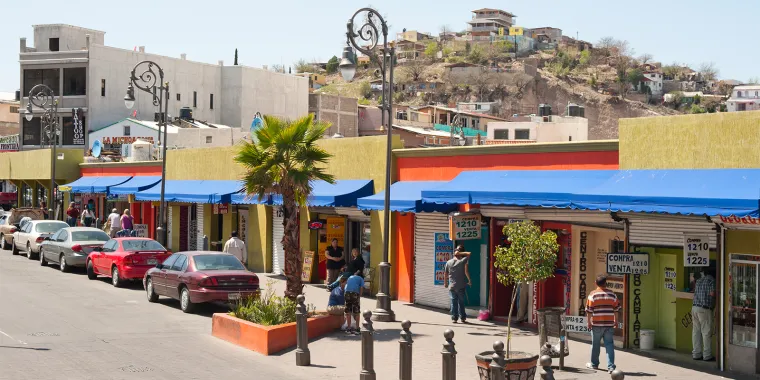On the heels of 2019's supplementary agreement that ended in the asylum crisis being outsourced to Mexico, hearings were pushed back due to coronavirus. UA researchers weigh in on the ramifications.
Uncertainty and danger are familiar conditions for asylum seekers, and COVID-19 has only exacerbated a dangerous situation for an already vulnerable population, according to experts at the University of Arizona.
On March 20, 2020, nine days after the World Health Organization declared COVID-19 a global pandemic, the Centers for Disease Control and Prevention issued an Order citing the obscure 1944 Public Health Service Act that “suspends the introduction of certain persons from countries where an outbreak of a communicable disease exists.”
Lynn Marcus, Clinical Law Professor and Director of Community Immigration Law Placement Clinic, says there is “no question” that the previous administration used COVID-19 to restrict migration, not to contain the spread of virus.
“It’s a distorted reading of the [CDC order] to imply that you could legally send people back to their deaths when there are others ways of screening for disease,” says Marcus. “There’s nothing in the law that says some CDC law trumps the obligations under domestic and international law toward asylum seekers and torture survivors.”
The CDC Order provides no opportunity for asylum seekers–those who are fleeing their home country and seeking protection from persecution or death–to make their asylum claim, which is a human right protected by the domestic Refugee Act of 1980 and the procedures laid out at the international Refugee Convention in 1952.
Three days after the CDC Order was issued, the U.S. Department of Homeland Security and the Executive Office for Immigration Review released a joint statement—which has since been reissued—suspending immigration court hearings for all asylum seekers waiting in Mexico.
Those asylum seekers are forced to wait in Mexico while their cases are being adjudicated because of the Trump Administration’s Migrant Protection Protocols (MPP), or “Remain in Mexico” policy. The program, implemented on January 25, 2019, allows for U.S. border officers to return non-Mexican asylum seekers to Mexico to remain there while the U.S. immigration courts review their cases. The suspension of those hearings creates even more danger and uncertainty for asylum seekers.
Daniel Martínez, Associate Professor of Sociology and the co-director of the Binational Migration Research Institute says, “This policy is clearly intended to make the process that much more difficult so people will become discouraged and opt to return to their communities of origin.”
At the same time, “Most asylum seekers are fleeing insecurity, violence, extortion, corruption, and threats of death, rape, and kidnapping. Abandoning their asylum cases and returning home places them at even greater risk,” says Martínez.
Dr. Anna Ochoa O’Leary, Professor and Head of the Mexican American Studies Department, says that the risks and challenges faced by women asylum seekers, including abandonment, injury, separation or losing family members, abuse from authorities, assaults from border bandits, and death are “only aggravated if [they] need to remain in Mexico, where discrimination and mistreatment of Central Americans is well-documented.”
“[Leadership] hasn’t responded in any way that is protective of asylum seekers or the public,” Lynn Marcus says.
Instead, this already vulnerable population is at risk of contracting COVID-19 because they are being held in unhygienic detention centers on both sides of the U.S.-Mexico border.
Shefali Milczarek-Desai, Assistant Clinical Professor and Director of The Workers' Rights Clinic says that a detention center “feels, looks, tastes, and smells like a maximum-security prison.”
Martínez says we do not know the extent to which COVID-19 is affecting those forced to Remain in Mexico, but he says we have a public health crisis in our detention facilities in the U.S. “‘Confirmed positive’ rates, among those who have been tested in detention facilities, are shockingly high relative to the general population. We should really be concerned about the conditions within which immigrants are being detained and the inadequate healthcare they're receiving in those facilities.”
“They’ve allowed the disease to spread and really fought tooth and nail in the courts to keep vulnerable detainees locked up in dangerous conditions,” Marcus says. “They are making everything very dangerous and very difficult, with the aim of people giving up.”
COVID-19 has worsened uncertain and dangerous conditions for asylum seekers at the U.S.-Mexico border, but the Biden administration is looking to slowly start reopening border crossing for asylum-seekers.
According to the AP, the administration announced plans for tens of thousands of people who are seeking asylum and have been forced to wait in Mexico under a Trump-era policy to be allowed into the U.S. while their cases wind through immigration courts.
The first wave of an estimated 25,000 asylum-seekers with active cases in the “Remain in Mexico” program will be allowed into the United States on Feb. 19, authorities said. They plan to start slowly, with two border crossings each processing up to 300 people a day and a third crossing taking fewer numbers.





